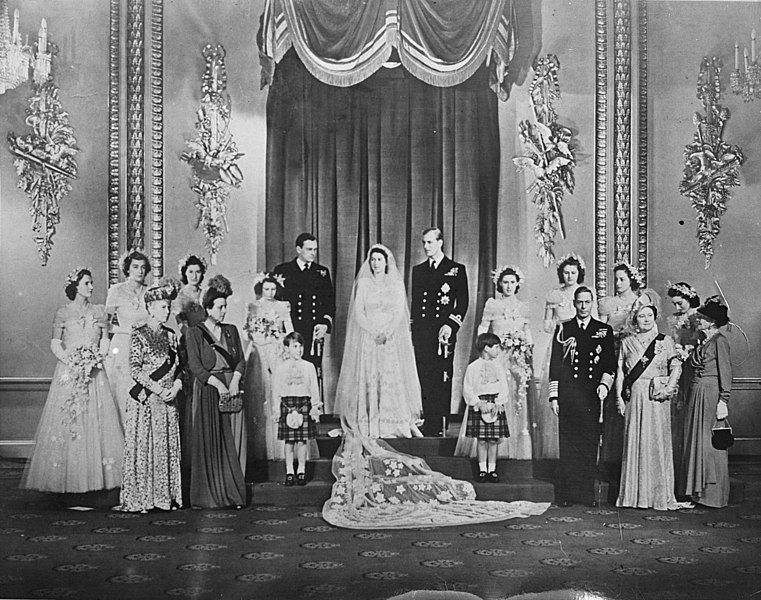
Thursday marks 78 years since the royal wedding that would shape the modern House of Windsor. On November 20th 1947, Queen Elizabeth II, then Princess Elizabeth, married Lieutenant Philip Mountbatten at Westminster Abbey in a ceremony that would lead to one of the most enduring royal unions in history.
Long before the vows were exchanged, newspapers were filled with meticulous details of the event, capturing the imagination of a nation still recovering from the Second World War. Publishing every facet of monarchical weddings is often considered a contemporary obsession, yet in 1947 the press left almost nothing to the imagination.
Just days before the ceremony, the Northern Whig revealed the layout of the top table at the wedding reception. As expected, the newlyweds were joined by the bride’s parents, King George VI and Queen Elizabeth, and the groom’s mother, Princess Andrew of Greece. Prince Philip’s father had died three years earlier, in 1944. While the presence of foreign royalty was noted, the newspaper was far more intrigued by the decorations than the guests themselves.
The centrepiece would feature myrtle grown from a sprig of Queen Victoria’s own wedding bouquet, combined with pink carnations and white heather. The choice was practical: all three flowers were long-lasting, requiring minimal care while maintaining a sense of elegance. Heather became something of a theme for the day, with every guest receiving a simple wedding favour – a sprig of white heather tied with silver ribbon – as a keepsake of a historic moment.
These small but thoughtful touches reflected a post-war Britain yearning for beauty and continuity. The fascination with every element of the wedding – from the flowers to the seating arrangements – underscored the public’s eagerness for joy after years of hardship.
The significance of the day extended far beyond its immediate fanfare. The vows exchanged at Westminster Abbey laid the foundation for a marriage that would become the longest in the history of any British monarch and consort. Those tiny details, from the myrtle sprigs to the heather favours, now stand as emblematic symbols of a union that helped define a new era for the Royal Family.

